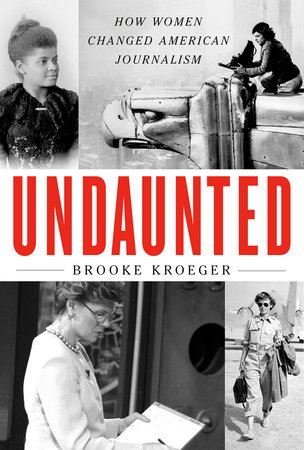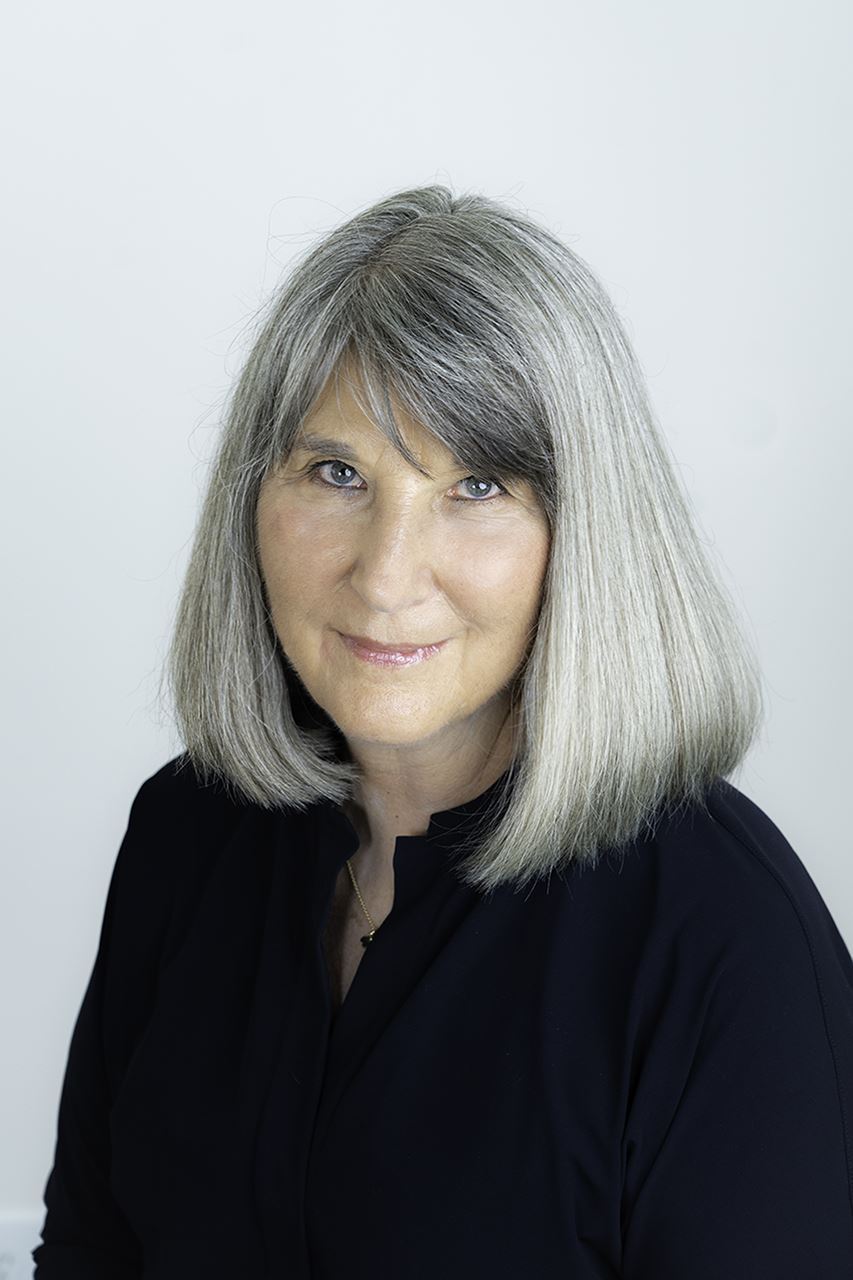Adapted from the preface to UNDAUNTED: How Women Changed American Journalism. To be published by A.A. Knopf in May. Copyright 2023 by Brooke Kroeger.
By Brooke Kroeger
 Undaunted makes no claim to being all-inclusive. Rather, it seeks to share in a representative way how women have fared in American journalism, a profession that men have dominated in the 180 years since mass media began.
Undaunted makes no claim to being all-inclusive. Rather, it seeks to share in a representative way how women have fared in American journalism, a profession that men have dominated in the 180 years since mass media began.
To arrive at the best way to tell the story, I began with two search terms, “women” and “journalism,” applied together, decade by decade, to every relevant database from 1840 to the present. The approach was hardly scientific but provided consistency. It also gave me a good sense of the conditions that governed the presence and place of women as journalists, the ideas about them that prevailed in each period, and how those ideas changed, or did not change, over time. It became possible to identify the individuals whose achievements received the most attention. I considered how and why some women attracted publicity and if and how their stories fit into the wider context of women’s advancement. Then came the winnowing.
The telling is chronological. It gives precedence to the episodes that dealt with or dovetailed with the most significant news events and trends of each period. That meant leaving out many stories and people I would have liked to include.
Twelve questions guided me. Which stories best illustrated what women were up against in their professional lives? How or why did the most successful women first get in the door? Who were the true trailblazers and pioneers? Assuming talent and hard work, how much did background, privilege, strategy, charisma, style, looks, advocacy, or luck figure in their ascent? How well did women manage their successes and failures, their celebrity and censure? Were they “womanly” or “manly” in their reporting and writing or in their editorial vision? What impact did they have on the nation’s news diet and on the profession? Whom among women has the wider journalism community chosen to honor? Which qualities and characteristics fairly or unfairly attributed to women brought condemnation? Which brought respect? How did newsroom politics figure? Have women made a difference?
I could not resist including some related anecdotes that were too good to omit, but in the interest of a reasonable page count I removed many names, including bylines that deserved to be in the text. If readers find themselves asking, “But what about ____?” the notes section contains many of those answers.

I found value in tracing the way some outstanding careers were built over decades and endeavored to fairly praise men who gave deserving women an opportunity when it was not fashionable or usual to do so. Some of them might well have met a #MeToo-like fate had such a movement existed in their day. Others, because of the timing, did. The epilogue briefly details the social and cultural currents roiling in the early 2020s as my work on this book came to an end. It surprised me that the intertwining of gender and race would be such an unbroken through line and that the industry’s economic crises and manpower shortages at various points have proved as effective as, if not more effective than, changes in the law for creating opportunity for woman journalists, especially in the most coveted jobs.
In trying to understand the chances women seized on and the impediments they overcame, I have at times used a twenty-first-century lens to reflect on attitudes, impressions, and policies that stood unquestioned in their own day. Although the all-too-recurring theme right up to the present is progress followed by setback, it does make the triumphs seem all the sweeter.
In writing the biographies of Nellie Bly and Fannie Hurst and the history of undercover reporting, I engaged with many of the memoirs, biographies, archives, articles, oral histories, and studies [so many the work of AJHA stalwarts] that anchor this book. (Bly lived from 1864 to 1922; Hurst, from 1885 to 1968.) Journalism has been the world I’ve lived in, worked in, studied, written about, and taught for more than fifty years. Yet only for Undaunted did I find myself considering the place of journalism’s most successful women as one long continuum. I hope that comes through in the pages that follow.
Against daunting odds, women have always found chairs at the most important tables of this vital profession, seats that often proved hard to keep. Very few of the woman journalists in these pages, alas, have legacies that endured or will endure much beyond their own moment. This is as expected. It is worth pointing out that this is just as true for a great proportion of the profession’s outstanding men.
The stories of the remarkable women included here provide a trove of still-sound career advice and some cautionary tales. Beyond that, we know now that it takes an ample mix of ages, races, genders, ethnicities, and political and cultural views to do American journalism’s essential tasks most effectively. We also know that journalism’s propensity to exclude—addressed repeatedly over the years, but never vanquished—has made us all the poorer. Within that context, our primary focus here is the impact women have had on journalism and journalism’s impact on them.
See a trailer for Undaunted here.
Brooke Kroeger is a journalist, professor emerita at NYU, and the author of six books. Undaunted will be available May 16, 2023.

